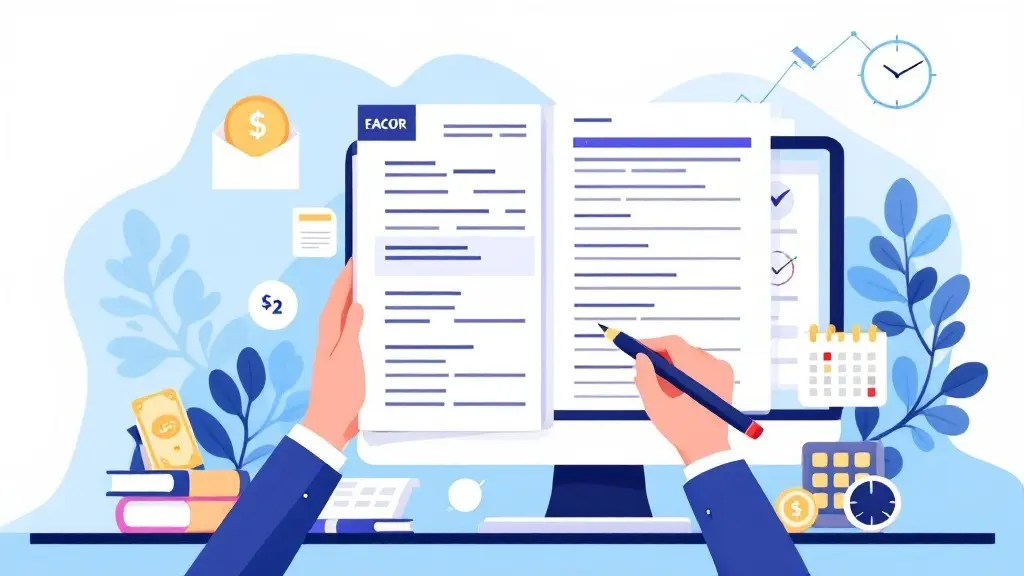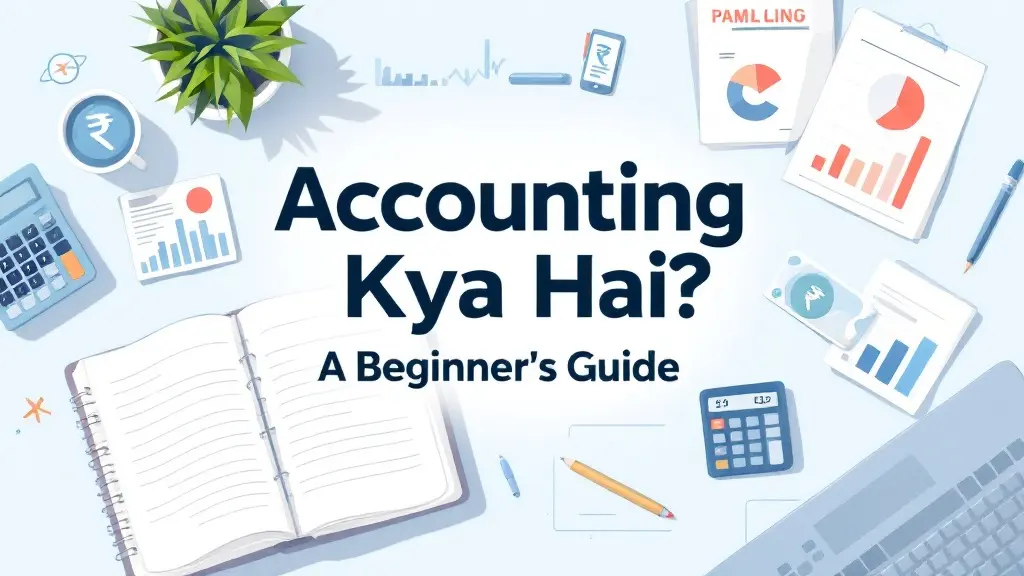CA After PG: Is It the Right Move for You?
Table of Contents
Most Read
[fusion_dropcap class="fusion-content-tb-dropcap"]C[/fusion_dropcap]hoosing to pursue Chartered Accountancy (CA) after completing post-graduation (PG) is a path less traveled, but one that holds immense potential. Whether you have a Master’s degree in Commerce, Business Administration, or even other fields, CA can offer a robust foundation for a high-growth career in finance, accounting, taxation, and auditing.
In this article, we will explore everything you need to know about pursuing CA after PG, including the benefits, challenges, eligibility, and a step-by-step roadmap. Let’s dive in!
Why Pursue CA After PG?
1. Enhanced Career Opportunities
With a PG degree, you already have an academic edge. Adding CA to your profile multiplies your employability across sectors such as finance, consulting, taxation, audit firms, and multinational corporations.
2. Professional Credibility
Chartered Accountancy is a prestigious qualification recognized globally. It showcases your expertise, dedication, and in-depth knowledge of financial systems.
3. Broader Skill Set
While PG programs often focus on theoretical knowledge, CA training dives deep into practical aspects like auditing, taxation, corporate law, and financial reporting. The combined knowledge makes you a versatile professional.
4. Higher Earning Potential
CAs command significantly higher salaries compared to non-CA professionals. As per industry reports, fresh CAs can expect starting packages ranging between INR 7-12 LPA, which can increase manifold with experience.
Eligibility Criteria for CA After PG
You don’t need a commerce background to pursue CA. Regardless of your specialization during post-graduation, you can register for the CA course under the Institute of Chartered Accountants of India (ICAI).
However, certain advantages apply:
- Commerce PG graduates with 55% marks can directly register for the Intermediate level (without CPT/CA Foundation).
- Non-commerce PG graduates need a minimum of 60% marks to skip CA Foundation and directly register for CA Intermediate.
Step-by-Step Guide to Pursue CA After PG
Step 1: Register for CA Intermediate
If eligible, you can directly apply for the CA Intermediate course through ICAI’s “Direct Entry Route.”
Step 2: Complete 8 Months of Study
Dedicate at least 8 months to prepare thoroughly for the CA Intermediate exams. Focus on understanding concepts, solving mock tests, and practicing previous years’ papers.
Step 3: Undergo 100 Hours of ITT and Orientation Course
Before starting your articleship, you must complete:
- Information Technology Training (ITT)
- Orientation Program
These are mandatory training programs focused on IT skills and soft skills.
Step 4: Pass One Group of Intermediate Exam
To start your articleship, you must clear at least one group of the CA Intermediate examination.
Step 5: Begin Articleship (Practical Training)
Articleship is a 3-year practical training program under a practicing Chartered Accountant. It is one of the most crucial phases of CA training, offering real-world experience in auditing, accounting, and taxation.
Step 6: Prepare and Appear for CA Final
After completing your Intermediate exams and at least 2.5 years of articleship, you can appear for the CA Final exams.
Step 7: Become a Qualified Chartered Accountant
After clearing the CA Final exams and completing the articleship, you can apply for ICAI membership and officially become a Chartered Accountant.
Key Challenges to Consider
While CA after PG offers significant rewards, it is also demanding. Here are a few challenges you should prepare for:
1. Time Management
Balancing studies, training, and possibly work can be tough. Discipline and a well-structured schedule are vital.
2. Intense Curriculum
The CA curriculum is rigorous and covers diverse areas like financial reporting, strategic financial management, corporate law, direct and indirect taxes, and auditing.
3. Long Commitment
The full CA journey, including articleship and exams, typically takes around 3-4 years. Persistence is key.
Advantages of Doing CA After PG
| Advantages | Details |
|---|---|
| Academic Maturity | With PG experience, you have better analytical and comprehension skills. |
| Career Flexibility | You can shift between sectors like finance, audit, law, or entrepreneurship. |
| Competitive Edge | Stand out in competitive job markets with dual qualifications. |
| Entrepreneurial Opportunities | CA + PG prepares you to run your own consultancy, tax advisory, or financial planning firm. |
Tips for Success in CA After PG
1. Structured Study Plan
Prepare a realistic and detailed study plan covering all subjects, revisions, and mock tests.
2. Choose the Right Articleship Firm
Select a firm that offers exposure to diverse areas such as audit, tax, and consultancy. This will enrich your practical knowledge.
3. Stay Consistent
Avoid long gaps in preparation. Even 3-4 hours of daily dedicated study can make a huge difference.
4. Network Actively
Attend ICAI seminars, workshops, and webinars. Networking can lead to mentorship, job opportunities, and better industry insights.
5. Take Care of Mental and Physical Health
CA preparation is taxing. Ensure a balanced diet, adequate sleep, and regular exercise to keep yourself motivated and healthy.
Is CA After PG Worth It?
Absolutely — if you are determined, passionate about finance, and ready to invest the time and effort required. A CA qualification can exponentially elevate your career trajectory, salary prospects, and professional respect.
Moreover, with a PG degree already in hand, you bring a maturity and depth of understanding that many entry-level candidates may lack.
Frequently Asked Questions (FAQs)
Q1. Can I do CA after MBA?
Yes! In fact, combining an MBA with CA can position you exceptionally well for leadership roles in finance, consulting, and management.
Q2. Is articleship mandatory if I have completed PG?
Yes, articleship is mandatory for all CA aspirants, irrespective of their previous academic qualifications.
Q3. How long does it take to complete CA after PG?
It typically takes around 3 to 4 years, depending on your exam success and articleship duration.
Q4. Can I pursue CA along with a job?
It is possible but challenging. A flexible part-time job or consultancy assignments are advisable if you want to pursue CA simultaneously.
Conclusion
Pursuing CA after PG is not just a smart career move—it can be a transformative one. While the journey demands commitment and discipline, the rewards in terms of career growth, financial security, and personal satisfaction are well worth it.
If you have the ambition and readiness to embrace the challenge, CA after PG could be your gateway to unparalleled success.
Ready to take the next step?
Stay tuned to our blog for more insightful articles on career development, finance, and professional courses. And if you have any questions, feel free to leave a comment below!
Visit Our Website : Accounting24.in









